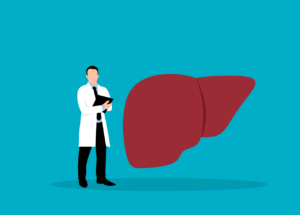Definition & Facts
Hemochromatosis is a disorder in which extra iron builds up in the body to harmful levels. Without treatment, hemochromatosis can cause iron overload, a buildup of iron that can damage many parts of the body, including your liver, heart, pancreas, endocrine glands, and joints.
Symptoms & Causes
With the buildup of harmful levels of iron, hemochromatosis can cause symptoms including feeling tired or weak, pain in the joints, loss of interest in sex or erectile dysfunction, pain in the abdomen over the liver, and darkening of skin color. Gene mutations cause the most common type of hemochromatosis.
Diagnosis
Doctors diagnose hemochromatosis based on blood tests to check levels of iron and certain proteins in the blood and to check for gene mutations that commonly cause hemochromatosis. In some cases, doctors may also use a liver biopsy to confirm iron overload is present.
Treatment
Treatment of hemochromatosis can improve symptoms and prevent complications. In most cases, doctors treat hemochromatosis with phlebotomy, or drawing about a pint of blood at a time, on a regular schedule. This is the most direct and safe way to lower body stores of iron.
Eating, Diet, & Nutrition
If you have hemochromatosis, you should eat a healthy, well-balanced diet. Your doctor may recommend avoiding raw shellfish, avoiding iron and vitamin C supplements, and limiting alcohol. If you have cirrhosis, you should completely stop drinking alcohol.
Source: NIH/NIDDK
For more information, please visit https://www.niddk.nih.gov/health-information/liver-disease/hemochromatosis
Disclaimer: The information provided on this website is for informational purposes only and is not intended to take the place of consultation with your physician.
